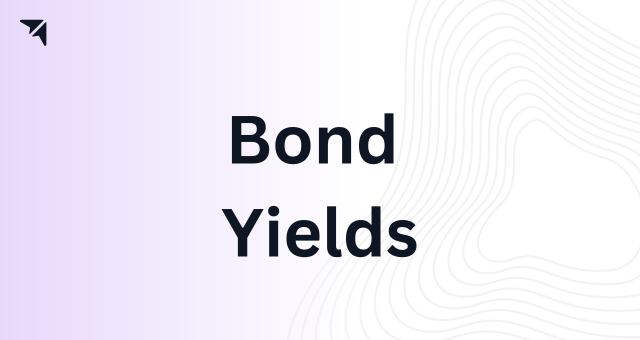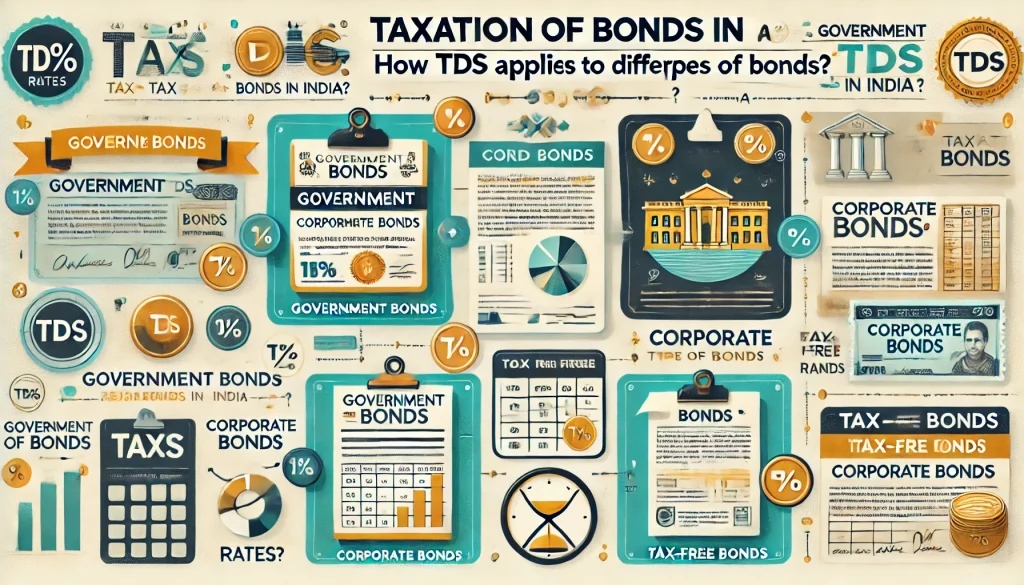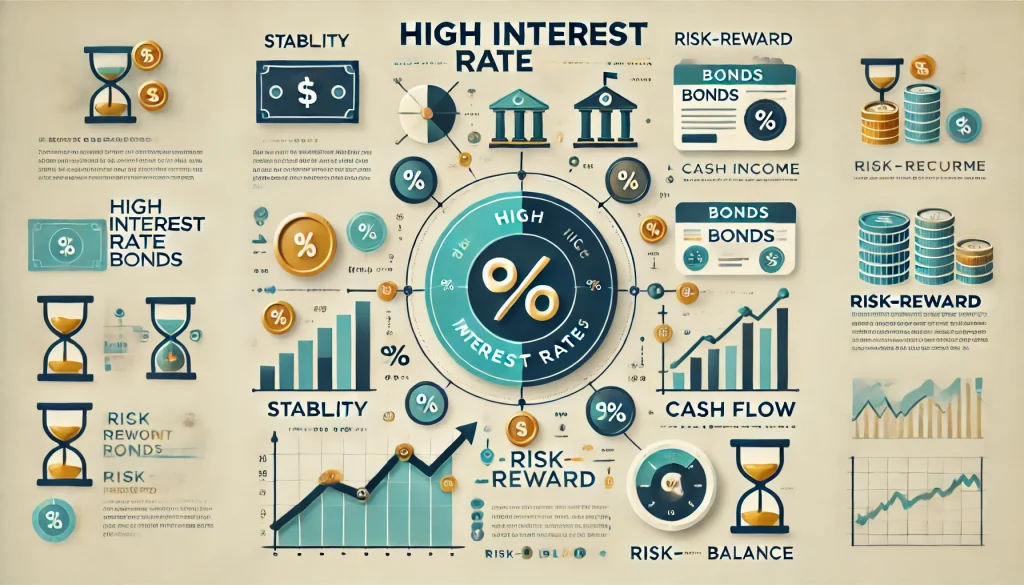
When discussions about bonds revolve, we often hear bond yields going up and down. The bond yield represents what a bondholder will receive by investing in a bond. In this blog, you will get a clear understanding of a bond yield in India.
What Is a Bond Yield?
A bond yield is what you expect to get back from your investment in bonds. It indicates the total return that you will receive over a bond’s lifespan, including both interest and principal.
When you purchase a bond from the primary market, the price you pay depends on various factors. These factors include a bond’s term, rates of comparable bonds in the market, and the promised interest payments. All these elements put together help to calculate bond yields.
What is Bond Equivalent Yield (BEY)?
A bond equivalent yield serves as a metric used by investors to determine the annual percentage yield for fixed-income securities, especially those with discounted short-term terms that make periodic payouts on a monthly, quarterly, or semi-annually basis. It helps you assess the annual yield of a bond or any fixed-income security that does not provide an annual payout.
Let’s understand the concept of bond equivalent yield with the help of its formula and an example. The following is the formula to calculate BEY.
BEY = [(Face value – Purchase price) / Purchase price] * (365/d)
Here, d = number of days left for bond maturity.
Suppose, you purchase a bond for ₹100, which would offer ₹150 at maturity. This bond will mature after 300 days. Thus, the BEY calculation will show –
BEY = [(₹150 – ₹100) / ₹100] * 365/300 = 0.608 or 60.8%
Thus, you will make a yield of 60.8% by investing in these bonds.
Formula and Calculation of a Bond Yield
The calculation of bond yields includes two factors: the annual coupon payment and the current bond price. An annual coupon payment is determined by multiplying the coupon rate by the bond’s par value. Usually, this annual coupon payment remains constant over the bond’s life, while the bond price might fluctuate.
Formula
To calculate a bond yield, you can use the following formula.
Bond yield = Annual coupon payment/ Price of the bond
Calculation
To understand this calculation better, consider an example. Suppose a bond has a face value of ₹2,000 and has an annual interest rate of 10%. The current price of the bond will be ₹2,400.
Annual coupon payment = ₹2,000*10%= ₹200
Bond yield = ₹200/₹2,400 = ₹0.0833 or 8.33%
Working of Bond Yields
A bond yield in the secondary market depends upon the demand and supply equilibrium. Suppose you have a bond of 5-year maturity with a 5% coupon rate and a face value of ₹20,000. Each year you will earn an interest of ₹1000 from the bond. Now, if the interest rate on this bond rises above 5%, the investors will not buy these bonds from you. They will buy bonds having interest rates of more than 5%. In such cases, you will have to reduce the price of your bond to increase the bond yield.
When your bond price decreases, the annual coupon rate will increase because of the lower face value of the bond. As a result, it will increase the bond yield. This is how bond yield works based on the prevailing interest rate in the market.
Bond Yield vs. Bond Price
A bond yield and bond price have an inverse relationship. It implies when the price of a bond rises, its yield decreases and vice versa. This relationship is crucial for investors to understand when making decisions in the bond market.
- When the bond price rises, the percentage return or yield decreases.
- Similarly, when the bond price falls, the bond yield increases.
Investors closely monitor these changes to assess the profitability and risk associated with their bond investments.
Conclusion
When it comes to investment in bonds, understanding the concept of bond yields and using its formula accurately will help you assess investment opportunities and potential risks while navigating the financial markets in the long run. Moreover, it will also help you to identify in advance when to trade your bond and make necessary adjustments in your portfolio as per your investment horizon and market conditions.
FAQs
A rise in bond yields indicates that the issuing entity will have to pay more as a yield since there will be a rise in the cost of borrowing. In case the bond is issued by a government body, its yields will have an overall impact on the economy as it will put excessive pressure on the interest rate of the banking system.
Inflation, interest rates, yield curve and economic growth causes a bond yield to rise. Furthermore, bond yields like corporate bond yields are influenced by a company’s credit rating in the industry sector.
Yes, higher bond yields result in investors receiving large interest payments from that particular bond. However, bonds with higher yields also come with increased risk.
A 10-year bond yield in India is the rate of return on a 10-year Treasury bond. It is an ideal investment option for risk-averse individuals looking for a fixed income.


